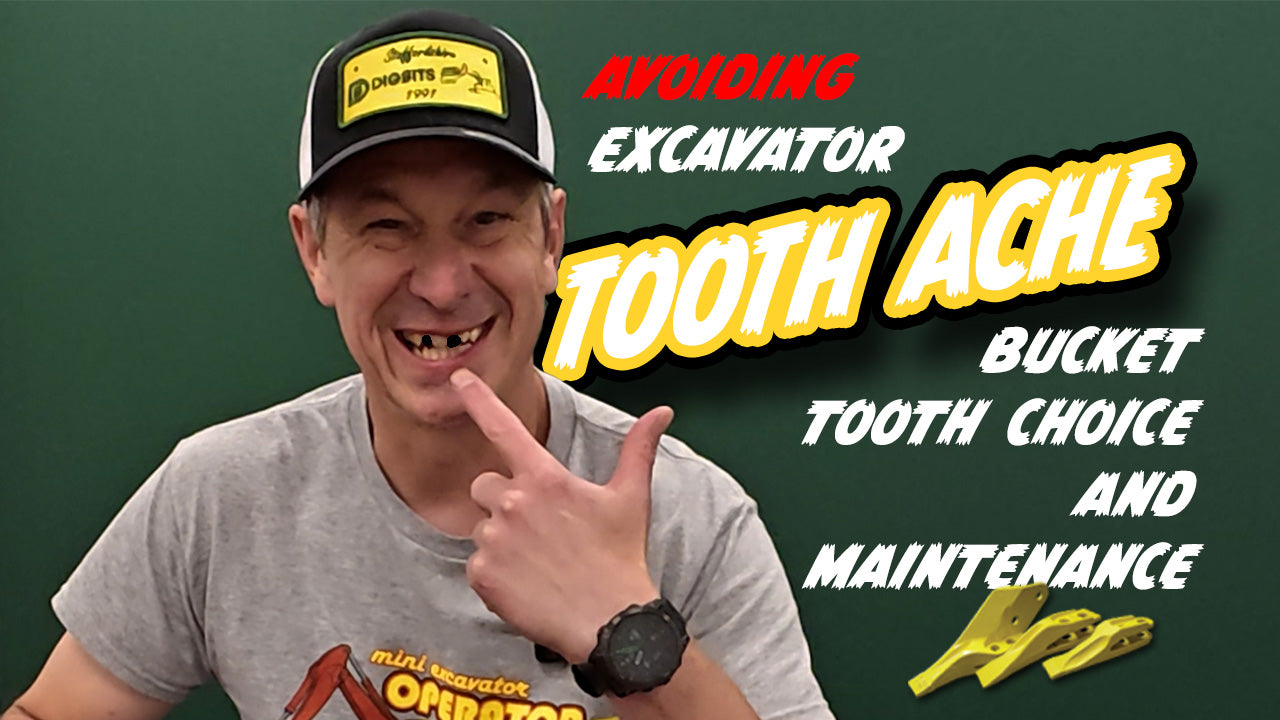SHOP NOW:
Excavator Bucket Teeth
Nobody wants excavator tooth ache! In this video we break down the different types of bucket teeth we fit to our micro, mini, and midi excavator buckets (0.5–9 tonnes). We’ll cover:
- The types of teeth we use on our buckets and why
- Standard teeth vs. heavy-duty upgrades for tougher digging
- Spotting worn or damaged teeth before they cause bigger issues.
- How to identify the right spares and replacements when it’s time to buy





